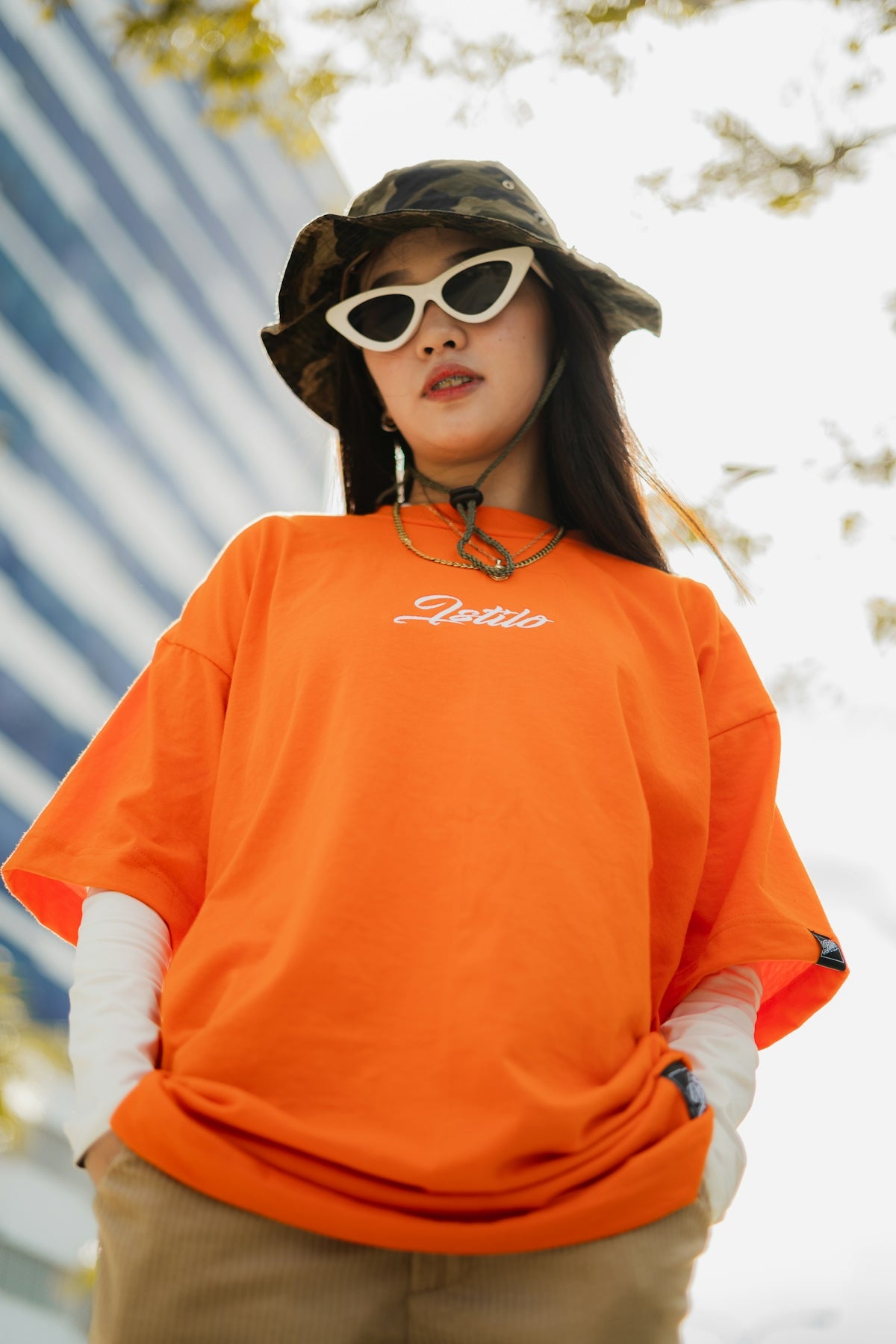Streetwear fashion has become an iconic way for people to express themselves, offering endless opportunities for creativity and innovation. As the culture evolves, budding entrepreneurs may find themselves ready to carve out their own niche in this thriving industry. If you're looking to start your own streetwear fashion line, this comprehensive guide will provide you with all the necessary steps to turn your vision into a successful reality.
1. Understand the Market
Before you can create a streetwear line that resonates with your audience, you need to understand the market. Who are the key players, and what trends are currently stirring excitement? This research will give you insights into areas where you can differentiate your brand.
It's also essential to identify your target audience. Are you designing for teenagers, young adults, or adults with a flair for edgy street style? Your market decisions will inform your designs, marketing strategies, and even the influencers or collaborations you may consider down the road.
2. Design with Creativity and Authenticity
Streetwear is synonymous with creativity and authenticity, grounded in cultural trends and movements. As you design your line, focus on pieces that communicate your brand's unique identity and story.
Products Inspiration:
- The Apricot Floral Summer Mini Dress demonstrates the fusion of elegance and street style, a perfect example of blending classic silhouettes with bold patterns to create something unique.
- Similarly, the Boho Bliss Shirred Paisley Blouse showcases how to employ patterns and textures to create standout pieces that capture the spirit of modern streetwear.
Using high-quality materials and sustainable practices will not only differentiate your brand but also align with growing consumer trends toward ethical fashion.
3. Develop a Strong Brand Identity
The streetwear market is competitive, and a strong brand identity is vital to making your mark. Define what makes your brand different and why customers should choose your designs. Your brand story, logo, and color palette should all align to communicate a cohesive message.
Inspirational Resource:
- Check out the Fashionfitz Rosy Bloom Frill Blouse for Trendy Looks for a way to blend playful frills with functional design, representing the brand ethos of standing out while staying true to personal style.
4. Source Quality Materials and Manufacturers
The quality of your materials and the craftsmanship of your products will play a significant role in your brand's perceived value. Research and develop relationships with reputable manufacturers who can deliver high-quality goods. Consider geographic location, manufacturing ethics, and costs when selecting your partners to ensure they align with your brand's values.
5. Set Up Your Online Store
In today's digital age, an online presence is crucial. Your e-commerce website should be user-friendly, visually appealing, and reflect your brand's identity. Include detailed product descriptions, sizing guides, and clear photos to aid customer decisions.
For inspiration on diverse product offerings and clear presentation, visit FashionFitz Store.
6. Marketing and Launch Strategy
Craft a robust marketing strategy to generate buzz around your launch. Utilize social media platforms like Instagram and TikTok to reach your target demographic. Collaborating with influencers who resonate with your brand can also be a powerful tool to increase visibility.
Featured Product:
- The Navy T-Shirt & Pants Set could be featured in styled photoshoots or worn by influencers to showcase versatility and modern minimalism in streetwear.
Email marketing is another valuable tool. Start with a tease launch to your mailing list, followed by exclusive previews and early-access invites to create excitement and community around your brand.
7. Manage Inventory and Fulfillment
Predicting demand and managing inventory can be challenging, especially for new brands. Begin with smaller quantities to manage risk and adjust based on customer response. Choose a fulfillment partner that meets your shipping needs efficiently to ensure customer satisfaction and streamline operations.
8. Collect Feedback and Adapt
After your initial launch, seek customer feedback to understand what's working and what needs improvement. Use analytics to track customer preferences and buying patterns. Adaptability is key; stay open to change and be ready to pivot as trends and perceptions shift.
Conclusion
Launching a successful streetwear line involves blending creative vision with strategic planning and execution. By understanding the market, defining your brand, and leveraging both traditional and digital marketing strategies, you can position your fashion line for success. Stay true to your brand's ethos while being flexible enough to adapt to the ever-changing fashion landscape.
Visit FashionFitz Store for inspiration and to explore a range of fashion pieces that might influence your next big idea in streetwear!
By following these vital steps and staying connected with your audience, your fashion line can carve a unique space in the vibrant world of streetwear.




0 comments